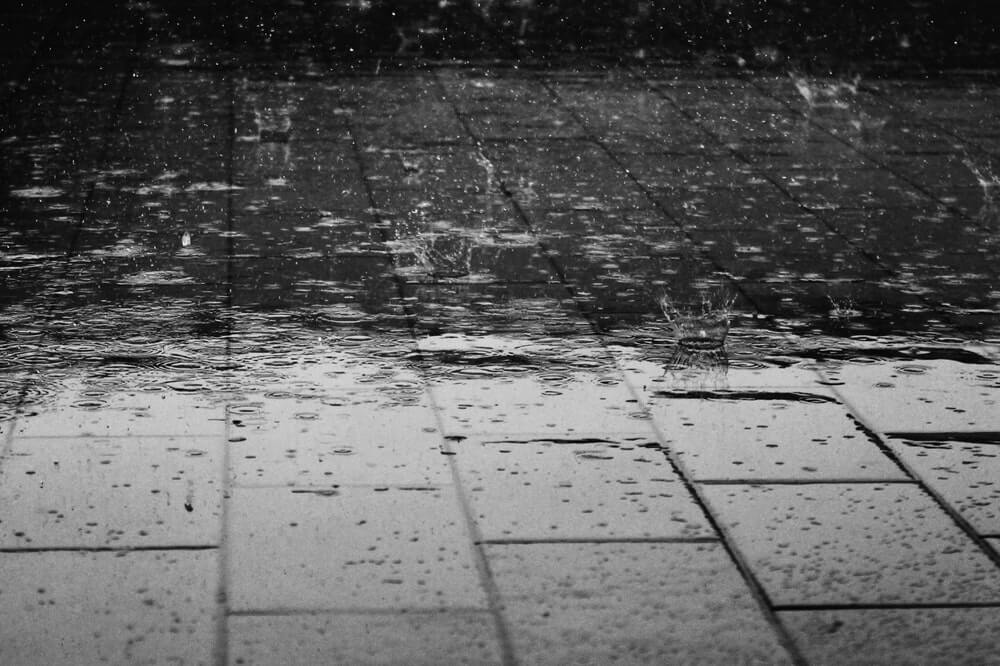 We forget the epic impacts that every element of weather can have on your home. After all, once you sign your name on the dotted line, you probably think that most of the work of being a new homeowner is over and done with. The Restumping Melbourne team wishes that that was the case, but unfortunately it’s not. And while the weather may be getting warmer, this news is evergreen.
We forget the epic impacts that every element of weather can have on your home. After all, once you sign your name on the dotted line, you probably think that most of the work of being a new homeowner is over and done with. The Restumping Melbourne team wishes that that was the case, but unfortunately it’s not. And while the weather may be getting warmer, this news is evergreen.
The purpose of the Restumping Melbourne blog will always and forever be to be your advocate in everything that’s going on in the home renovation industry. That means landscaping, that means the inside of your home, and that means everything in-between. As we transition seasons, that’s exactly what we’re focusing on. Namely, in 2019, how does rainwater effect your home’s foundation?
It seems like a minor disturbance, especially when you’re outside. Most likely, you’re simply excited to arrive home and shake off the weather. But what we forget, is that that damage follows us home, and here’s how:
First off, a simple check on assumptions: just because you see minor damage, like cracks in your walls, floors or ceilings, doesn’t mean that you necessarily have a problem on your hands. The key number is here is less than one-eighth of an inch. Those are super common in foundations that have been created with poured concrete, so don’t let them get into your head.
That being said, you always want to be ahead of the game – right? So, despite knowing that cracks that small may not be a problem, they could easily be the catalyst for problems in the future. It never hurts to be vigilant. Cracks can lead straight to leakages, simply because groundwater WILL find a way into your house, however it sees fit – and this can include minor foundation cracks.
That was minor rain damage, but as many of us know, you can’t avoid heavy rain damage… depending on where you live. When you see a ton of rain damage, it can quickly lead to your foundation either settling or sinking. That’s just a domino effect of a problem, spreading throughout the house. Want to know how? Heavy rains lead to soil moving lead to the foundation spreading. Equally, when a drought follows, then you see the soil shrink, which means holes and chasms that the foundation can very easily sink into.
Never fret, as always, the Restumping Melbourne team will always have the signs that you should look for. Here are the highlights:
- Any leaning chimneys
- Cracks that you find in and around doors and windows
- Cracks in drywall or concrete floor
- Doors and windows that jam and stick
- All of the major cracks in the areas that we’ve discussed
Looking for bonus points? You’ll find them when you notice that the soil has moved and caused the foundation to swell all the way up until the point that it provides THAT much pressure on the foundation.
Like we said? Stick with us and you’ll be in good shape. Reach out to the Restumping Melbourne team with any questions.
